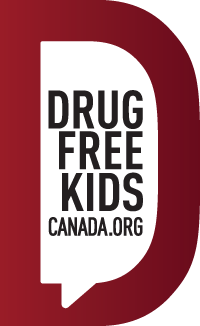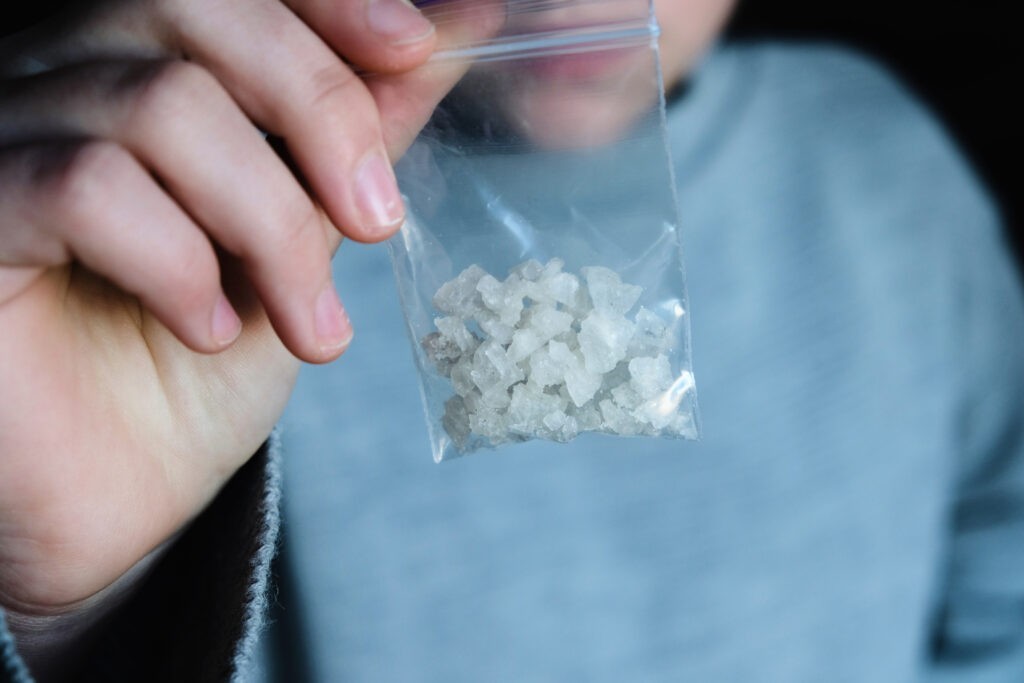Meth (Methamphetamine)
Meth is a harmful illegal drug used recreationally for the rush of energy and feelings of invincibility it can produce. While meth use is not prevalent in the general population, the harms caused by its use are on the rise, causing concern about the risks meth poses to the health and safety of communities. 1
ALSO KNOWN AS: Speed, Jib, Crank, Meth, Tina, Trash, Chalk, Ice, Crystal, Glass.
Methamphetamine is a highly addictive stimulant drug that strongly activates certain systems in the brain. It is closely related chemically to amphetamine, but the central nervous system effects of methamphetamine are much greater.
Street methamphetamine is made in illegal labs with fairly inexpensive, and often toxic or flammable, ingredients. The chemicals and processes used vary from lab to lab, affecting the strength, purity and effect of the final product. 2
What does meth look like & how is it used?
Methamphetamine is referred to by many names, such as “speed,” “meth,” and “chalk.” It can be eaten, sniffed, snorted, smoked or injected. Methamphetamine hydrochloride, clear chunky crystals resembling ice, which can be inhaled by smoking, is referred to as “ice,” “crystal,” and “glass.”
Signs & symptoms of meth use
Some of the most common signs and symptoms are extremely dilated pupils, dry or bleeding nose and lips, chronic nasal or sinus problems and bad breath. Because meth is a stimulant, users also experience hyperactivity, rapid mood shifts and irritability. This includes a lack of interest in sleep and food, leading to drastic weight loss or anorexia. It may also cause users to be aggressive, nervous, and engage in disconnected chatter.
Some short-term effects are irritability, anxiety, insomnia, Parkinson-like tremors, convulsions, and paranoia. Users may become obsessed or perform repetitive tasks such as cleaning, hand-washing, assembling and disassembling objects, or scratching to the point of causing sores. Longer-term effects can include increased heart rate and blood pressure, damage to blood vessels in the brain, stroke, and even death.
Psychotic symptoms can sometimes persist for months or years even after the user has stopped taking the drug. Withdrawal is characterized by excessive sleeping, eating, and depression-like symptoms, often accompanied by anxiety and drug-craving.
Footnotes
- Canadian Centre on Substance use and Addiction 2020
- CAMH: https://www.camh.ca/en/health-info/mental-illness-and-addiction-index/methamphetamines












